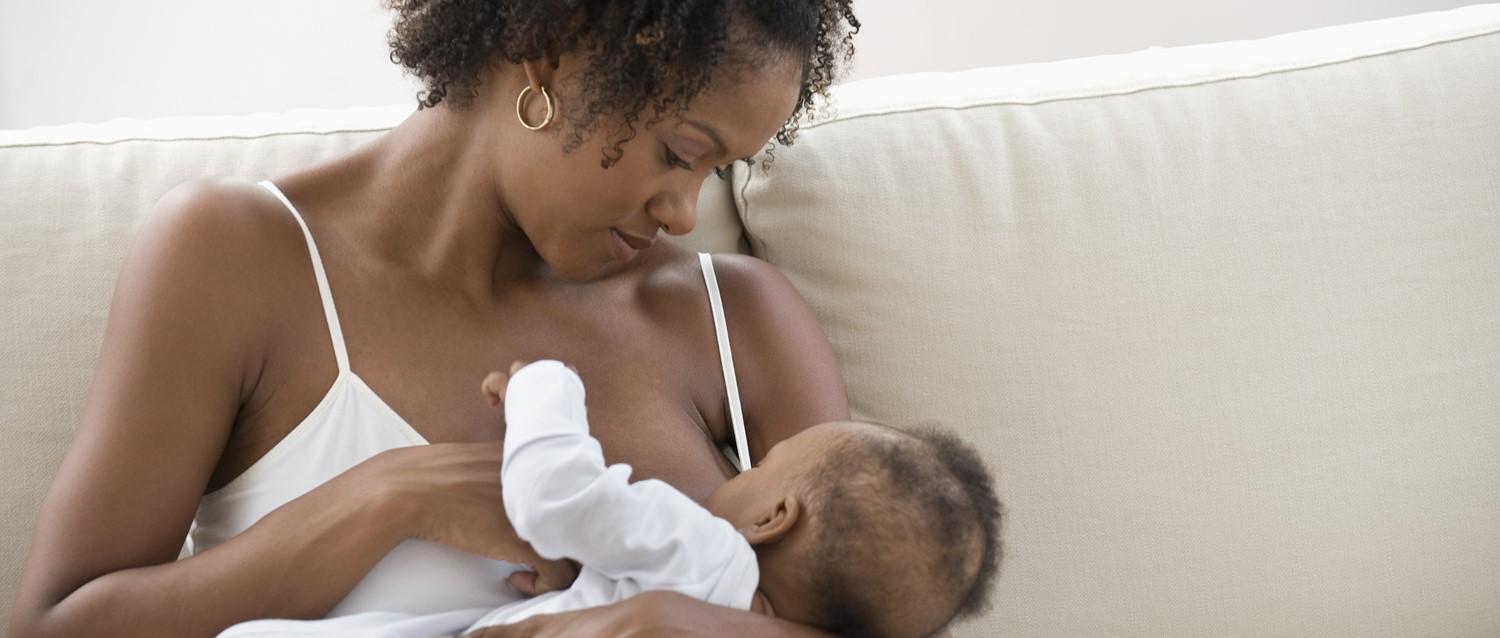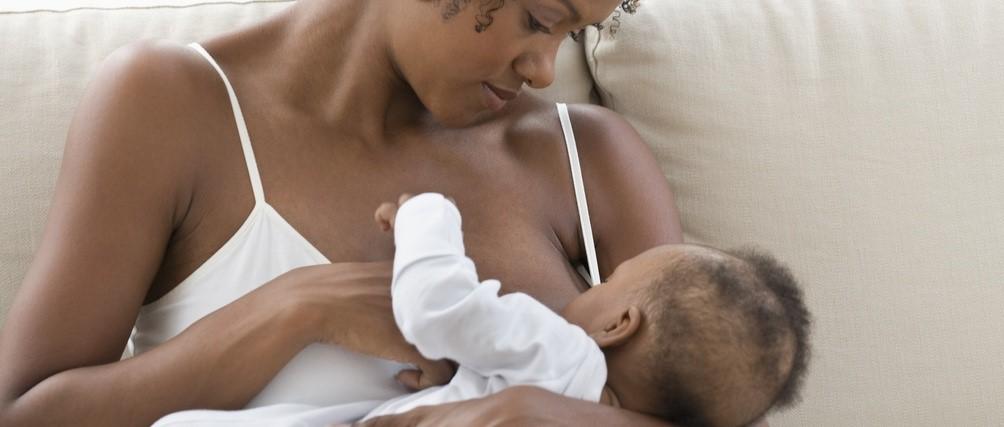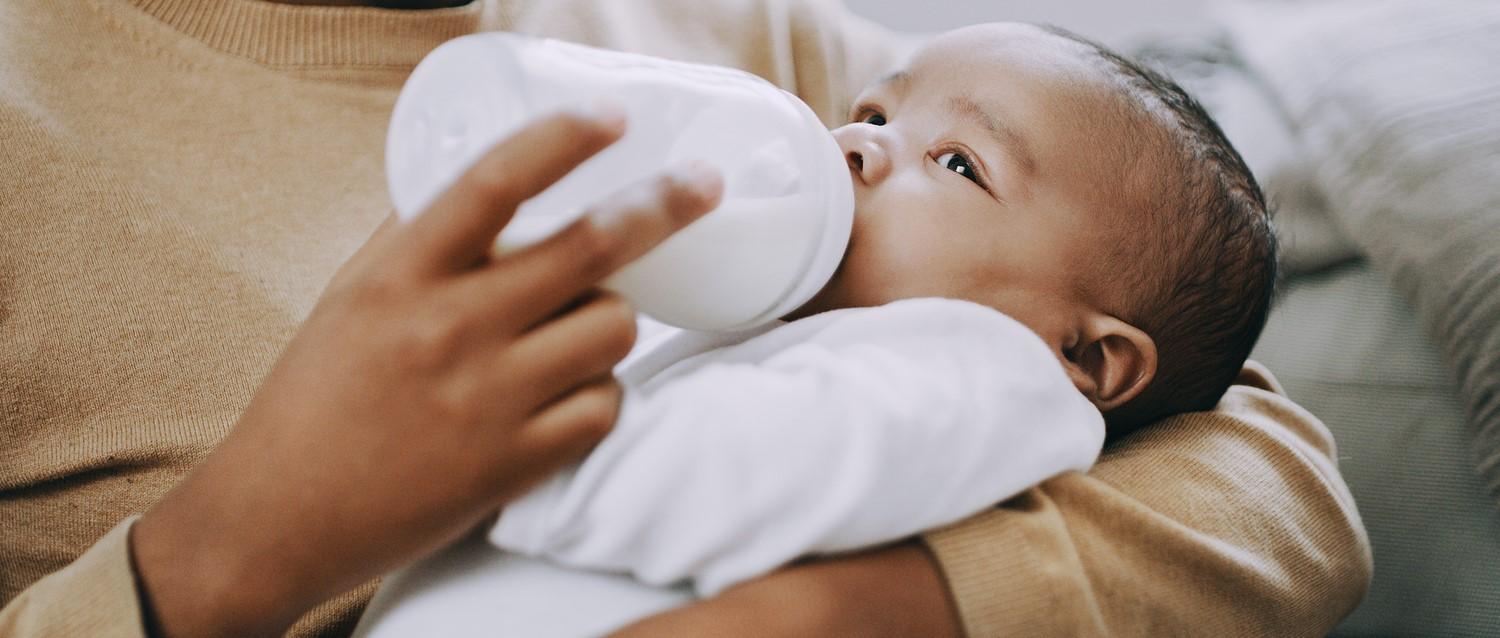
Thrush with breastfeeding: what to do
Peer reviewed by Dr Krishna Vakharia, MRCGPAuthored by Amberley DavisOriginally published 21 Apr 2023
Meets Patient’s editorial guidelines
- DownloadDownload
- Share
- Language
- Discussion
Thrush is commonly passed between breastfeeding mothers and their babies. So-called nipple thrush and oral thrush in babies are usually treated together with the same cream. Here are the signs of infection to look out for in your baby's mouth and on your own breasts.
In this article:
Continue reading below
What is thrush?
Thrush infections are caused by a yeast-like fungus called Candida albicans. Naturally found on women's skin, this fungus is usually harmless. However, if it multiplies it can infect the skin and cause irritation, itchiness, and redness.
This is known as thrush, and it can develop in both women and their babies. The most common places for thrush are the vagina, mouth, and nappy area.
How common is thrush with breastfeeding?
Breastfeeding can be a trigger both for nipple thrush in women and oral thrush in babies. The Candida fungus thrives in warm and moist places, and so breastfeeding provides an ideal environment for it to grow.
Jo Parkinton, resident midwife at Lansinoh, explains that the infection can be transmitted both ways between mother and baby: "Nipple thrush may develop when the infection gets into a cracked and damaged nipple, but there are several other possible causes, including recent antibiotic use, a high-sugar diet, and vaginal thrush.
"The baby could also pick up the infection during birth - if mother develops thrush while pregnant - and then transfer the yeast back to mum through the nipple."
Parkinton adds that thrush with breastfeeding is common, affecting around one in 20 breastfeeding women.
Continue reading below
Signs of thrush with breastfeeding
If you're breastfeeding, there are signs to look out for on your own breasts as well as in and around your baby's mouth. Jana Abelovska, superintendent pharmacist at Click Pharmacy, talks us through the range of symptoms:
Symptoms of thrush on the breast
Itching or burning skin, especially around the nipple or the pigmented area around it called the areola.
Significant colour changes in the area around the areola and nipple, such as turning bright pink or red immediately after feeding.
Sharp shooting pains when the baby first latches onto the nipple.
Increased temperature sensitivity.
Cracked nipples that won't heal.
Skin that looks shiny or moist.
Your baby becoming uncomfortable while feeding, or finding it difficult to latch on, could also be a tell-tale sign.
Symptoms of oral thrush in babies
White patches or white spots on the tongue, inside of the cheeks, gums, lips, or the roof of the mouth.
These patches can look like cottage cheese and are unable to be rubbed away - if they are removed, they often leave behind inflamed areas that sometimes bleed.
Treating thrush when you're breastfeeding
If you or your baby develops thrush, you don't need to stop breastfeeding. According to Midwife Jo, you can speak to your pharmacist about over-the-counter treatments, or raise any concerns with your GP. Both can recommend the most effective treatment for thrush with breastfeeding based on the severity of the symptoms.
"It's important that both mother and baby are treated at the same time to avoid cross contamination," she says. "Thrush treatment is usually the same for both - normally miconazole if the baby is over four months of age, which can be applied as an oral gel into baby's mouth as well as in cream form directly onto mum's nipple skin. If mum also has symptoms of vaginal thrush, we recommend clotrimazole cream and pessaries - tablets that are inserted into the vagina - and review their diet." If the baby is younger than four months old, it is best to see a GP first.
You should see an improvement within two to three days. If five days of treatment hasn't made a difference, speak to your GP. Pharmacist Jana says: "If symptoms persist, a single dose of oral fluconazole may be prescribed via a tablet to clear the infection." "
Continue reading below
How to prevent thrush with breastfeeding
It's not always possible to prevent thrush with breastfeeding, but there are hygienic habits that can help prevent the infection spreading between you, your baby, and other members of your household. This includes:
Using separate towels.
Washing your hands frequently - especially after nappy changes.
Changing your breast pads regularly.
Sterilising dummies and any toys your baby may put in their mouth.
Washing fabrics that come into close contact with your breasts or baby's mouth at a high temperature.
Patient picks for Feeding your baby

Children's health
Breastfeeding: What is colostrum and what are the benefits?
Expectant parents may have heard how good colostrum is for newborns - so much so that it has been nicknamed 'liquid gold'. Not only does it improve immunity and fight germs, this first breastmilk that you produce gives their tiny digestive systems a boost too. But what exactly is colostrum?
by Lydia Smith

Children's health
What is tongue-tie in babies?
If you're a new parent, the chances are you've heard of babies having tongue-tie. It's a common issue affecting around one in ten newborns1 and can impact how they breastfeed or bottle-feed. So what exactly is it - and what can be done about it?
by Lydia Smith
Continue reading below
Article history
The information on this page is peer reviewed by qualified clinicians.
21 Apr 2023 | Originally published
Authored by:
Amberley DavisPeer reviewed by
Dr Krishna Vakharia, MRCGP

Ask, share, connect.
Browse discussions, ask questions, and share experiences across hundreds of health topics.

Feeling unwell?
Assess your symptoms online for free
Sign up to the Patient newsletter
Your weekly dose of clear, trustworthy health advice - written to help you feel informed, confident and in control.
By subscribing you accept our Privacy Policy. You can unsubscribe at any time. We never sell your data.